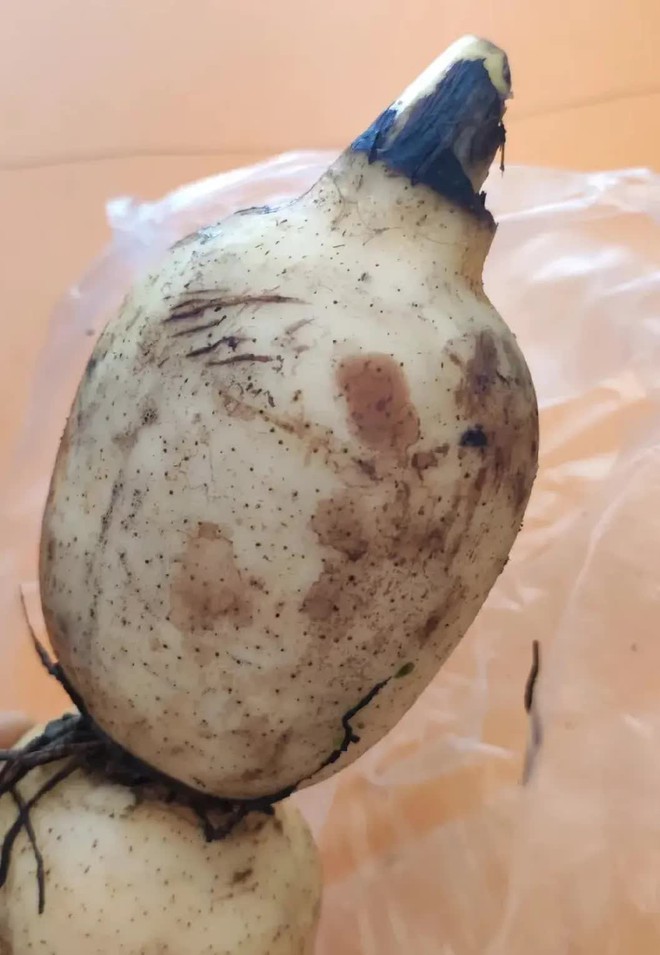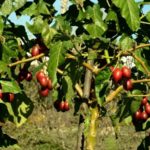1. Spiciness in Peppers
“If you want a spicy pepper, choose one that’s curved.” This is my mother’s original advice, and she has only two words to say about it – experience.
At first, I expressed my dissatisfaction and told her to think rationally. After consulting relevant information, I found that the common reason is that there are two substances in peppers: lignin and capsaicin.
Simply put, lignin is straight and capsaicin is spicy. Both are mutually exclusive and have their ups and downs. The straighter ones have more lignin and less capsaicin. So, if you want something spicier, go for the curvier ones.
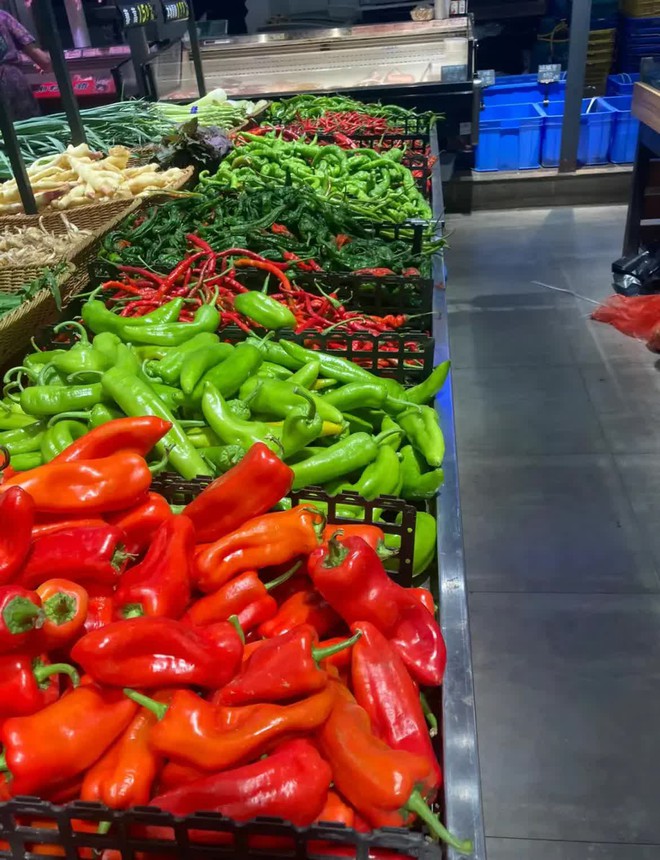
Comparing most of the peppers on the market, this principle is basically the same. And within the same type, the darker the color, the spicier it is.
Another note: Avoid buying peppers that are bruised or blackened; soft, wilted peppers are no longer fresh.
2. Pale and Crisp Potatoes
If it weren’t for my mother, I wouldn’t have known that potatoes come in various colors.
What’s important is that you can tell if they’re crispy or not just by their color. Now you’ll never go wrong when choosing between stir-frying and stewing.
Potatoes with a lighter color, a white surface, and a smooth texture are crispy potatoes, while those with a darker yellow color are floury potatoes.
Crispy potatoes have a relatively low starch content, making them ideal for stir-frying, while floury potatoes become soft and sticky when stewed.
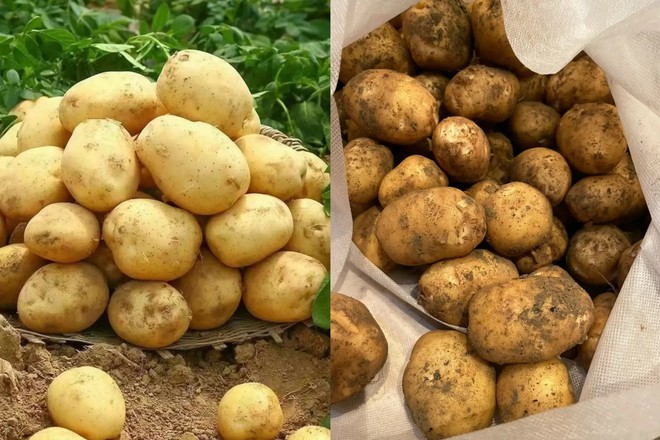
3. White and Soft Eggplants
In my memory, my mother used to plant eggplants every year. Even after moving to the city, she would always go back to the countryside to plant and harvest eggplants when the time came.
Thanks to her years of planting experience, I know that the softness of an eggplant depends on its stem—the whiter the stem, the softer the eggplant.
However, not everyone has this knowledge. My mother’s expertise in choosing eggplants didn’t come easily.
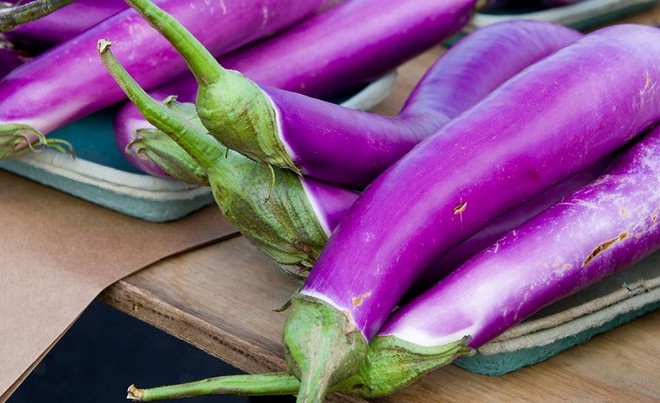
4. Onions with a Purple Hue Pack More Punch
Onions come in various colors, including yellow and purple. Among them, purple onions have a spicier kick and are excellent for stir-fries, while white onions are sweeter and pair well with cold dishes.
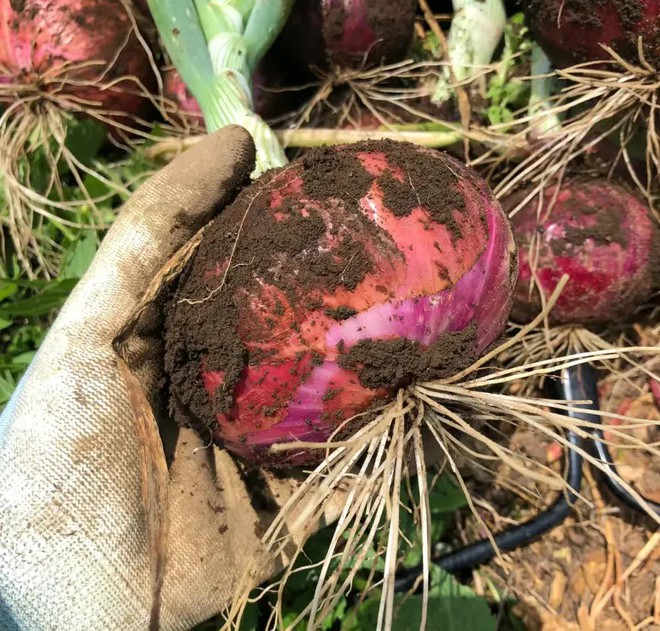
When buying, pay attention to the freshness of the onions. The firmer the onion, the fresher it is. Softer onions have been stored for longer, and some of their water content has evaporated.
Another tip: Older onions have thicker skins and require peeling multiple layers, while fresh onions have thinner, translucent skins.
5. The Redder the Tomato, the Sweeter and Tangier It Is
The market offers a dizzying array of tomatoes, and their flavors vary significantly.
The redder the tomato, the higher its sugar and acid content, resulting in a sweet and sour taste. In contrast, pink tomatoes have a gritty texture and are perfect for salad dressings.
Beyond this basic logic, I think my mother’s detailed tips are even more helpful:
Avoid buying tomatoes with uneven red patches and a hard texture. The heavier the tomato, the juicier and tastier it is.
6. Thicker Cauliflower Means Fresher Produce
In the past, when choosing cauliflower, I only knew to avoid those with black spots.
But for my mother, the standard is not just about taste but also freshness. The fuller the florets at the front, the fresher the cauliflower. If it’s been sitting for a while, the florets will soften and become sparser due to moisture loss.
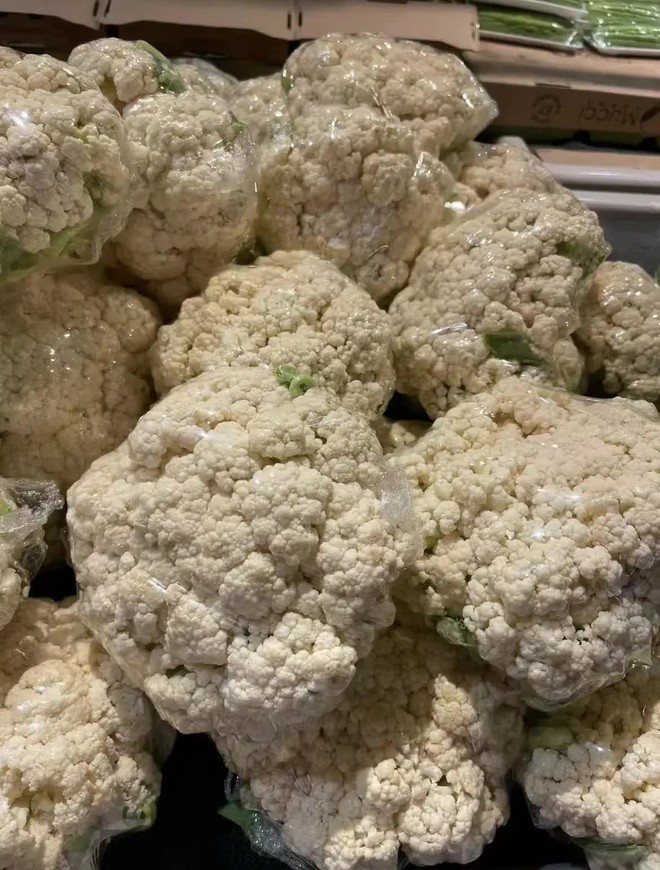
7. Bitter Melons with Larger Bumps are Best
I don’t care for bitter melon, but my father loves it, so we always have it in the house.
Regarding bitter melon selection, my mother has this to say: “In the past, you ate what you grew, but if you want to buy it now, you must consider these three things: color intensity indicates bitterness. Melons with larger bumps are fleshier and easier to deseed. Straighter ones have a more consistent flavor and better texture than curved ones.”

8. Steer Clear of Mushrooms with Wet Surfaces
While signs of aging and softness in mushrooms aren’t that noticeable, my mother advises against buying mushrooms with wet surfaces. This is because a damp surface could indicate that they’ve been sprayed with water to increase their weight.
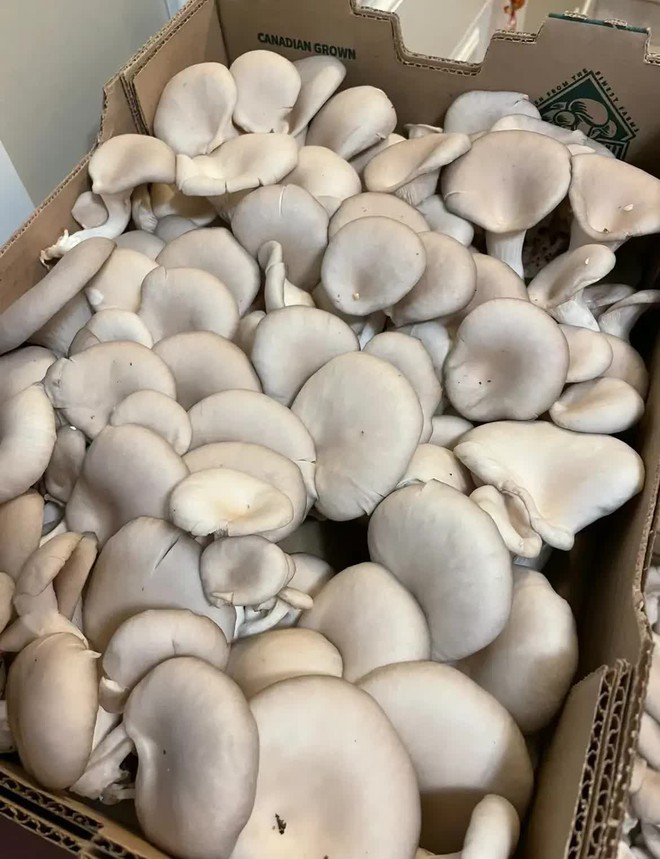
9. Opt for Pale Cabbage
In the past, when choosing cabbage, I would go for the heavier ones, thinking they were firmer. But now I realize that I should have chosen the lighter ones.
For cabbages of the same size, if you cut into a pale one, the inner leaves will be soft and yellowish. In contrast, if you cut into a heavier one, it will be firmer, but the leaves won’t be as soft, and the cabbage will have a milder sweetness. This is probably because it has more leaves spread out.
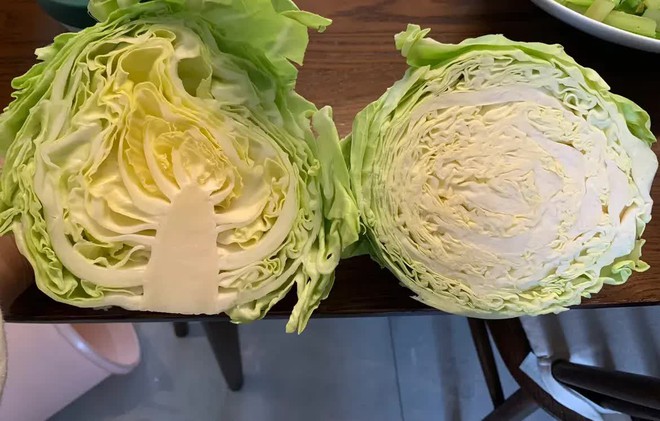
10. Lotus Roots with 9 Holes are Crispier
Only those with a keen eye will notice that lotus roots have either 7 or 9 holes. Of course, I learned this from my mother.

Additionally, I’ve been told that 7-holed lotus roots have a higher starch content, resulting in a waxier and more flour-like texture.
In terms of cooking, if you’re making a stew, steaming glutinous rice, or preparing a lotus root dish, go for the 7-holed variety. But if you want to stir-fry or make a cold dish and desire a crispier texture, choose the 9-holed lotus roots.
By the way, I’d like to share my mother’s exclusive tip for choosing lotus roots: The front part of the lotus root, known as the ‘head,’ has a pointed structure and is very fresh, soft, and crisp inside, so it’s perfect for cooking without the mud!
